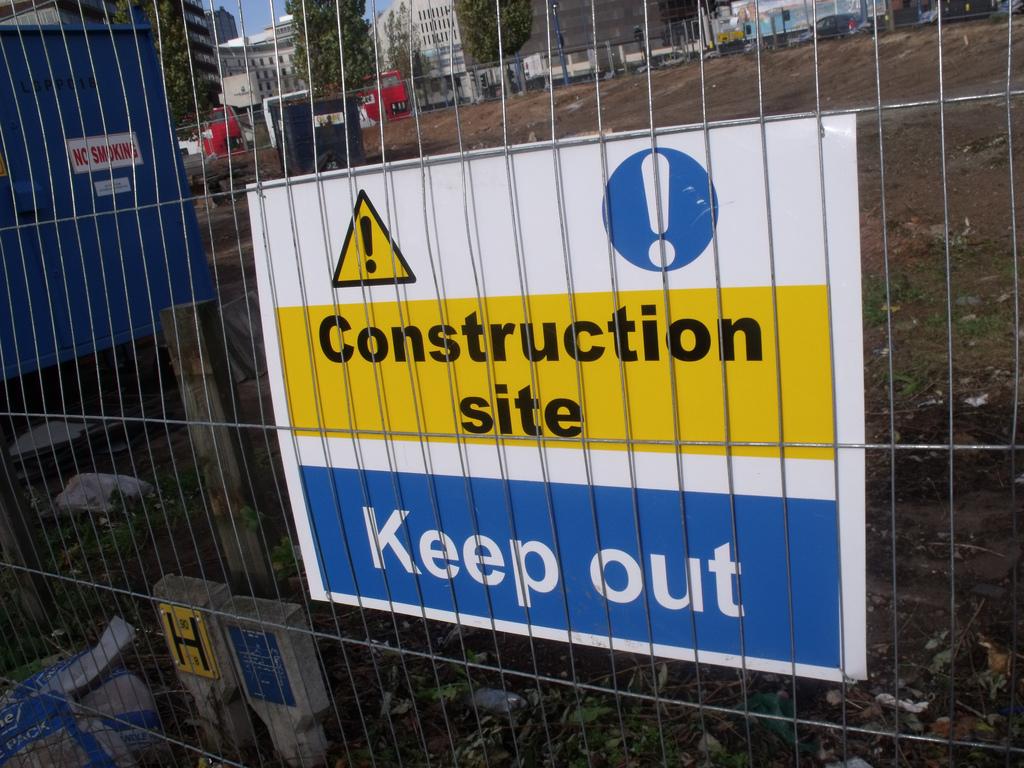
Safety on the job-site is often the first concern for many of the contractors we speak to. On-site injuries are an expensive risk to their projects, so reducing these risks is one of the most popular reasons that firms employ Building Information Modeling (BIM).
Does safety management increase schedule?
Keeping to a tight schedule is important for a contractor’s reputation. However, according to the McGraw Hill’s, “Safety Management in the Construction Industry SmartMarket Report,” taking extra measures to ensure safety does not impact the schedule negatively. In fact, they found in almost 100% of the cases, implementing BIM and reducing their injuries resulted in less time in construction – up to 3 weeks or more cut from the estimated schedule.
How does BIM prevent worker injuries?
- The building model in 3D is easier for workers to understand through a more visual representation. Workers know where the hazards are and the phases of work going on each day.
- Potential hazards are easily identifiable with 4D scheduling making it easier to plan construction activities and coordinate crews for maximum safety.
- Workers have increased preparation for each task. With BIM, individual tasks are easily identified instead of the whole of the tasks, which makes it easy for each worker to understand what is going on in the areas he is working, not the whole building at once.
Want to read the report for yourself to learn how BIM offers a resolution to injury risk and reduces your construction schedule? Download the full SmartMarket report here.
By Synergis Engineering Design Solutions
This blog was originally published on the Synergis Engineering Design Solutions blog and is re-published here with kind permission.
photo credit: Construction site Masshouse Lane / Albert Street - Construction site Keep out - sign via photopin (license)
















































